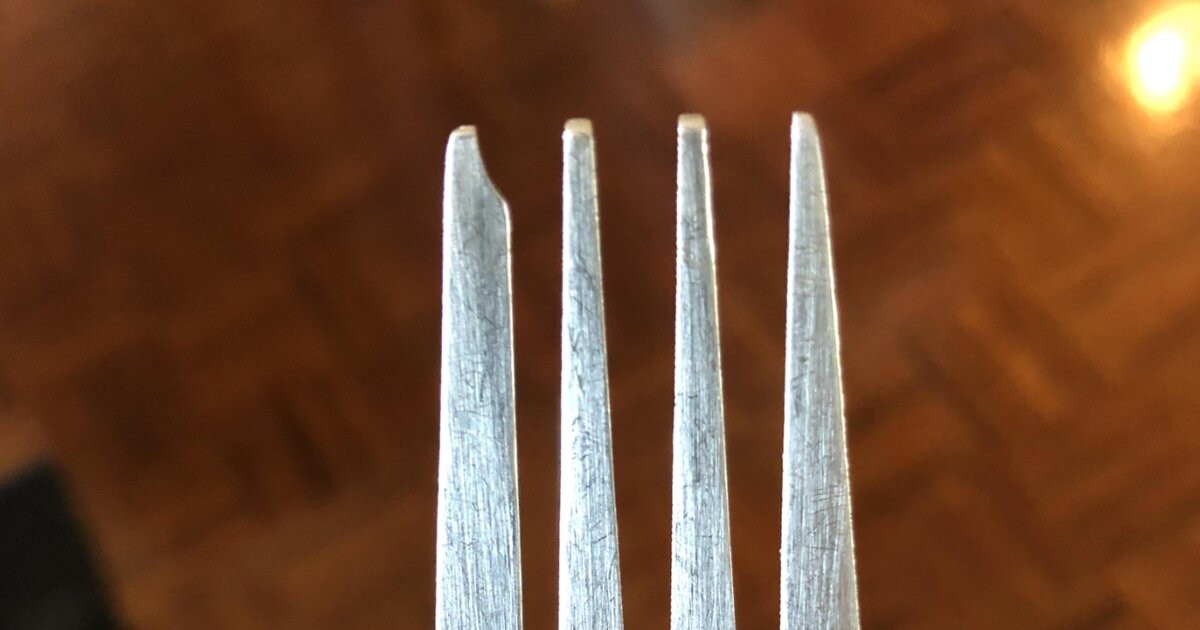Mystery Solved: The Real Reason Your Fork Has a ‘Chipped’ Prong!

Have you ever noticed an odd-looking fork with one prong that has a “chip” or clipped point? At first glance, it may seem like a manufacturing flaw or even damage from years of use. But if you spot this feature on multiple forks in your drawer, you’re looking at a clever design choice rather than a mistake.
This fork design, often referred to as a “cutting fork,” is meant to offer a bit more versatility at the dinner table. The “clipped” tine is actually a widened prong, slightly blunted at the end. This modification serves two functions: the extra width provides a slight cutting edge, making it easier to slice softer foods without needing a knife, while the clipped point prevents it from being too blunt to pick up food. The other tines remain pointed and narrow, allowing for precise spearing, just like a standard fork.
This design became popular in mid-20th-century tableware as people sought more convenient utensils, and you can still find them in various silverware sets today. So, next time you reach for a fork with a clipped tine, know that it’s more than just a regular fork—it’s a multipurpose tool designed for both cutting and spearing. A small detail, but one that shows the ingenuity that often hides in plain sight on our dinner tables.







